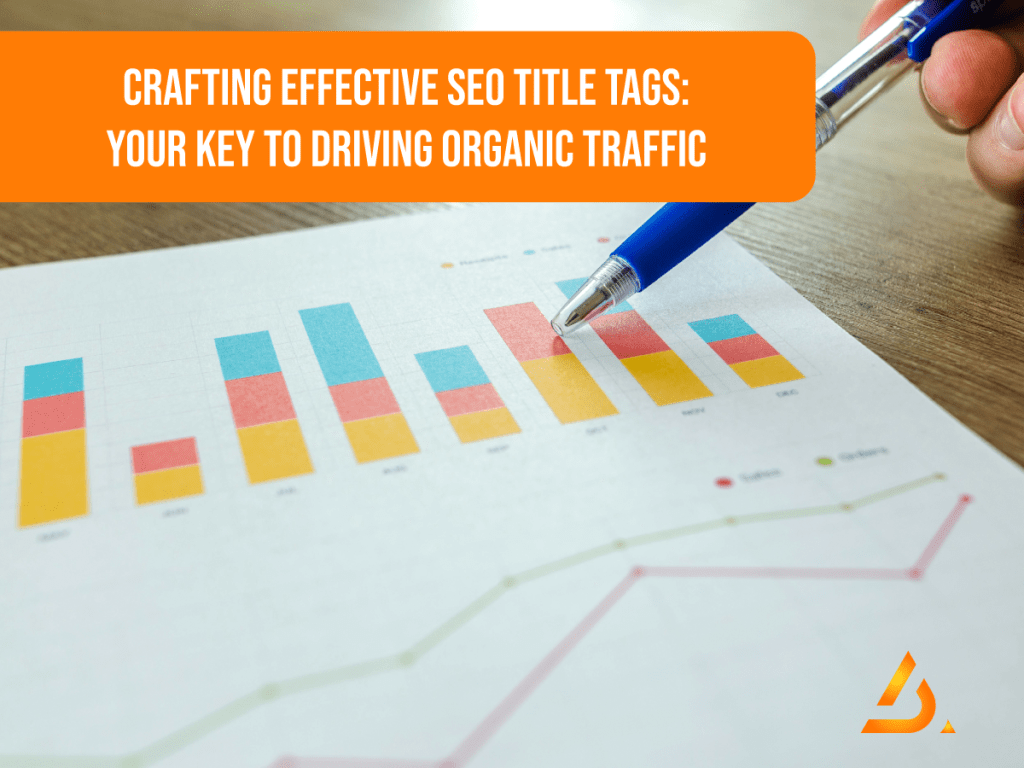
In the realm of SEO, perfecting your page title tags is a critical yet often overlooked component. While it might not be the most thrilling part of your SEO strategy, nailing your title tags can significantly impact your website’s visibility and click-through rates on search engine results pages (SERPs).
Understanding Page Title Tags
A page title tag serves as the headline that represents your web page in search engine results. It works in tandem with your meta description to inform both search engines and users about your page’s content. For example, if you search for “kitchen installation services,” you might encounter IKEA’s page with the title tag, “Kitchen Installation Service: A Recipe for Success.” This example showcases a well-crafted title tag—it’s clear, descriptive, and aligns perfectly with IKEA’s brand tone.
Importance of Title Tags
Title tags play several crucial roles:
- Signaling Page Relevance: A well-crafted title tag indicates to both users and search engines that your page is relevant and valuable.
- Enhancing Click-Through Rates: Compelling title tags encourage users to click on your link, thereby improving your organic traffic.
- Improving Brand Visibility: Title tags appear in browser tabs and social shares, helping your content stand out and reinforcing your brand.
Tips for Writing Effective Title Tags
Follow these essential guidelines to create SEO-friendly title tags that drive results:
Optimal Length: Keep your title tag between 50 to 60 characters to ensure it displays correctly in search results without getting cut off.
Keyword Placement: Place your primary keyword near the beginning of the title tag to signal relevance to both search engines and users.
Showcase Value: Highlight a benefit or value proposition in your title tag to attract clicks and engage users.
Use Power Words: Incorporate persuasive words like “free,” “new,” or “instant” to evoke emotions and entice users.
Implementing Title Tags
Depending on your website setup, here’s how you can add or edit title tags:
WordPress Users: Utilize SEO plugins like Yoast or Rank Math to easily edit title tags within the post or page editor.
Custom or CMS-Free Websites: Edit the HTML directly by adding <title> tags within the <head> section of your page.
Non-WordPress CMS Users: Consult your CMS provider or web host for guidance on editing HTML and implementing title tags.
Expert Tips for Enhancing Clickability
Ensure your title tags stand out with these additional strategies:
- Incorporate Your Brand: Include your brand name strategically within the title tag to boost brand visibility.
- Prevent Google Rewrites: Craft title tags that accurately represent your content to minimize the risk of Google rewriting them.
- Differentiate H1 Headlines: Experiment with making your H1 headline distinct from your title tag to optimize visibility and relevance.
- Avoid Duplicate Tags: Steer clear of using identical title tags across multiple pages to maintain clarity and improve search engine prioritization.
By implementing these tips and strategies, you can create compelling, SEO-friendly title tags that enhance your website’s visibility and drive organic traffic effectively. Whether you’re a social media marketing company, e-commerce platform, or service provider, mastering the art of crafting captivating title tags is crucial for optimizing your online presence and attracting valuable organic traffic.
Wrap Up
While title tags may seem like a small piece of the SEO puzzle, they play a significant role in optimizing your website’s performance and attracting valuable organic traffic. Mastering the art of crafting compelling title tags is a worthwhile investment in your SEO strategy.
